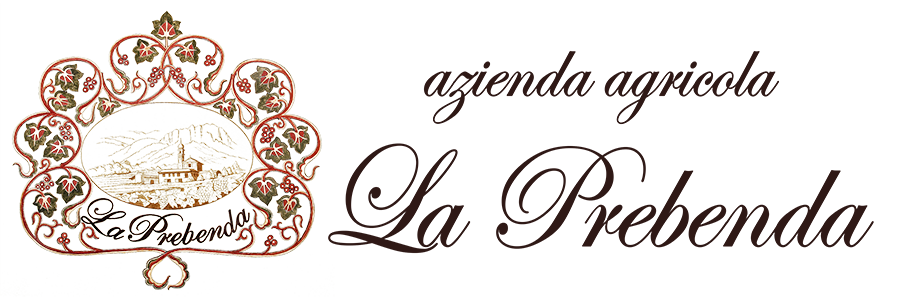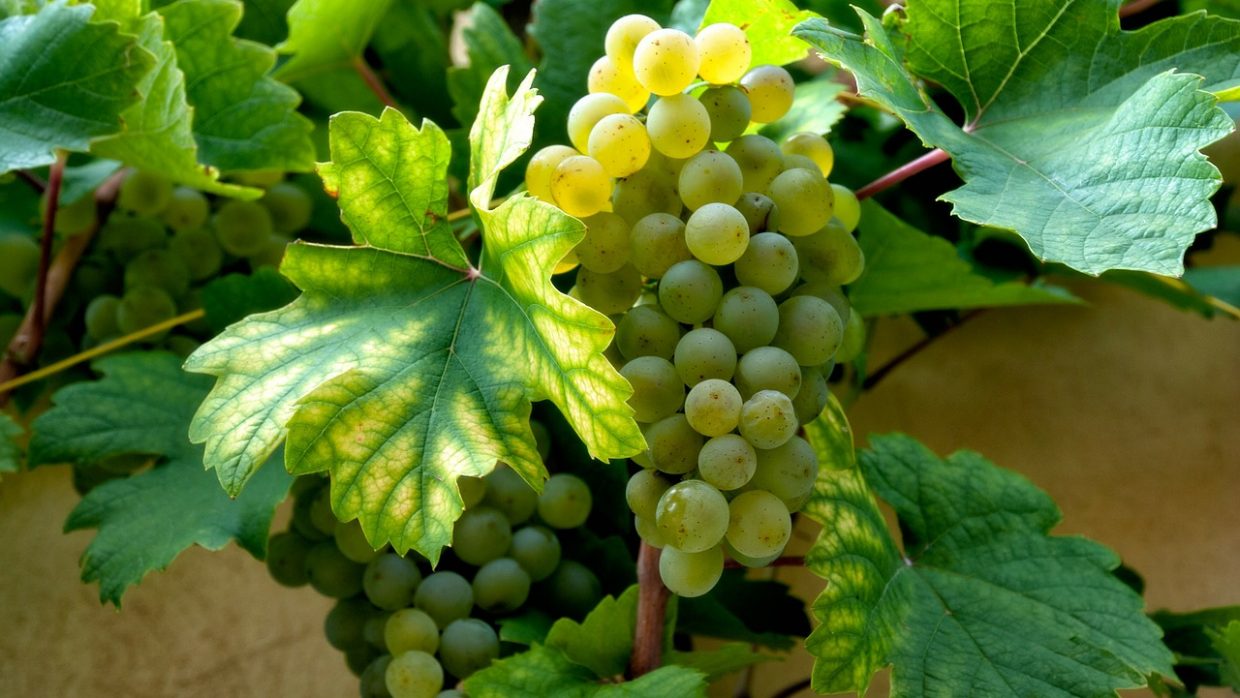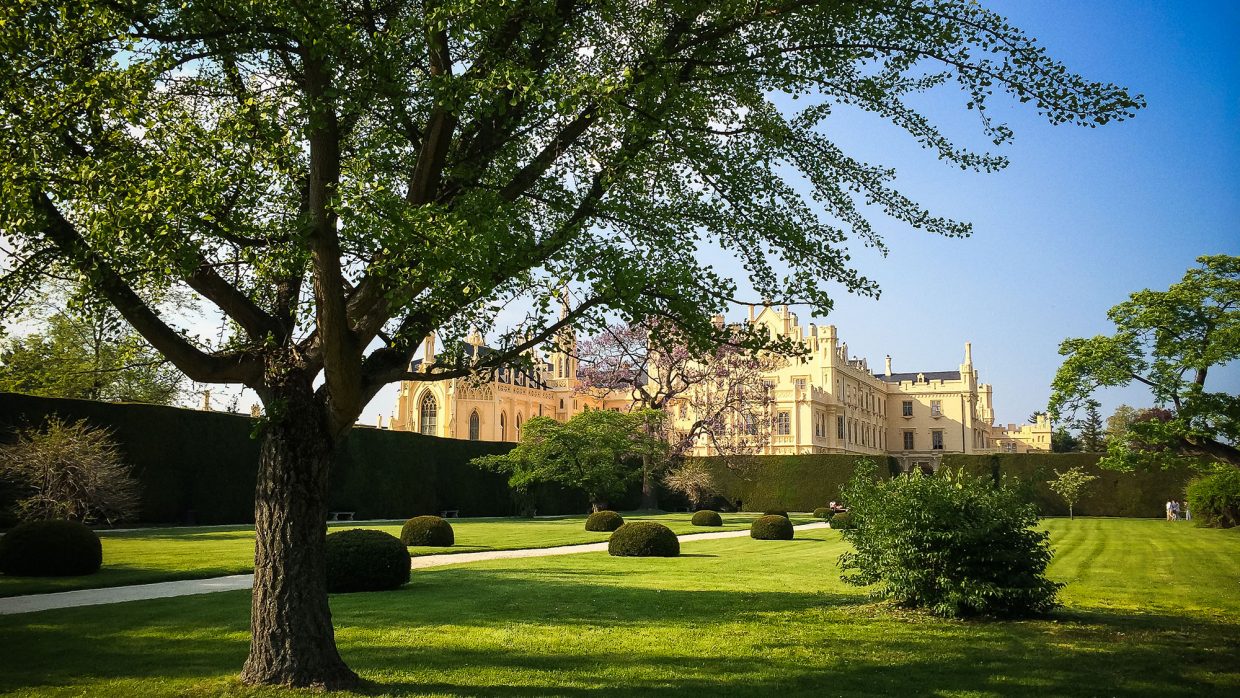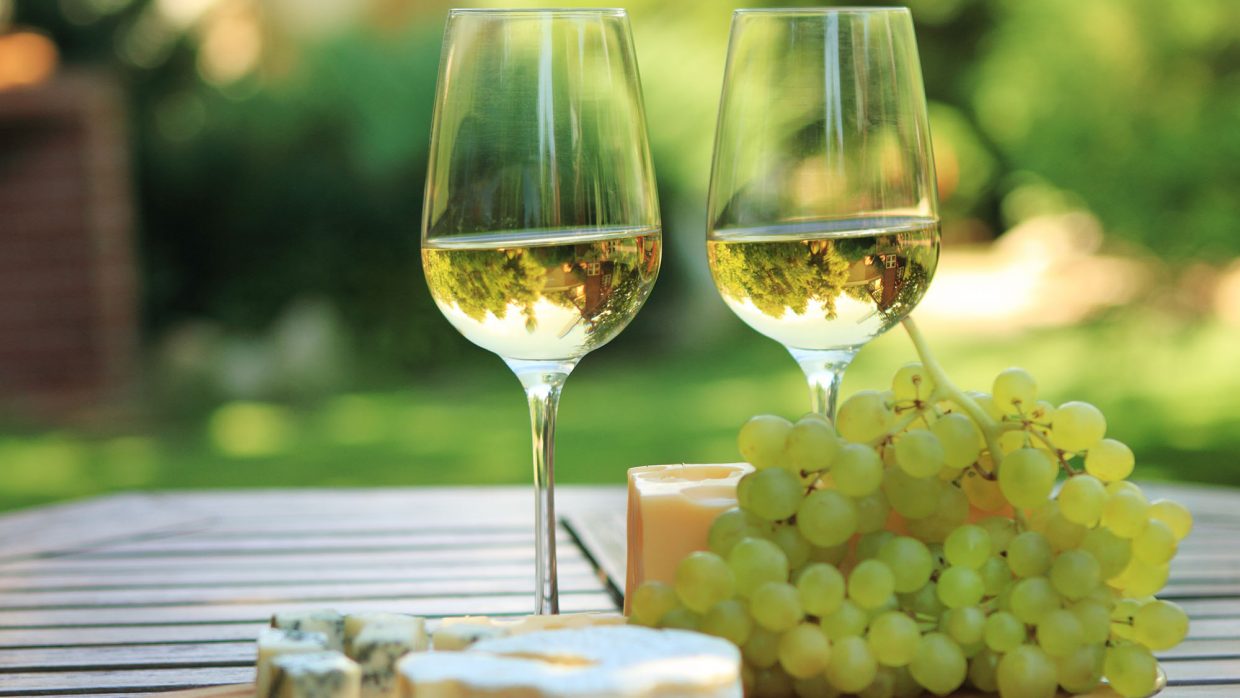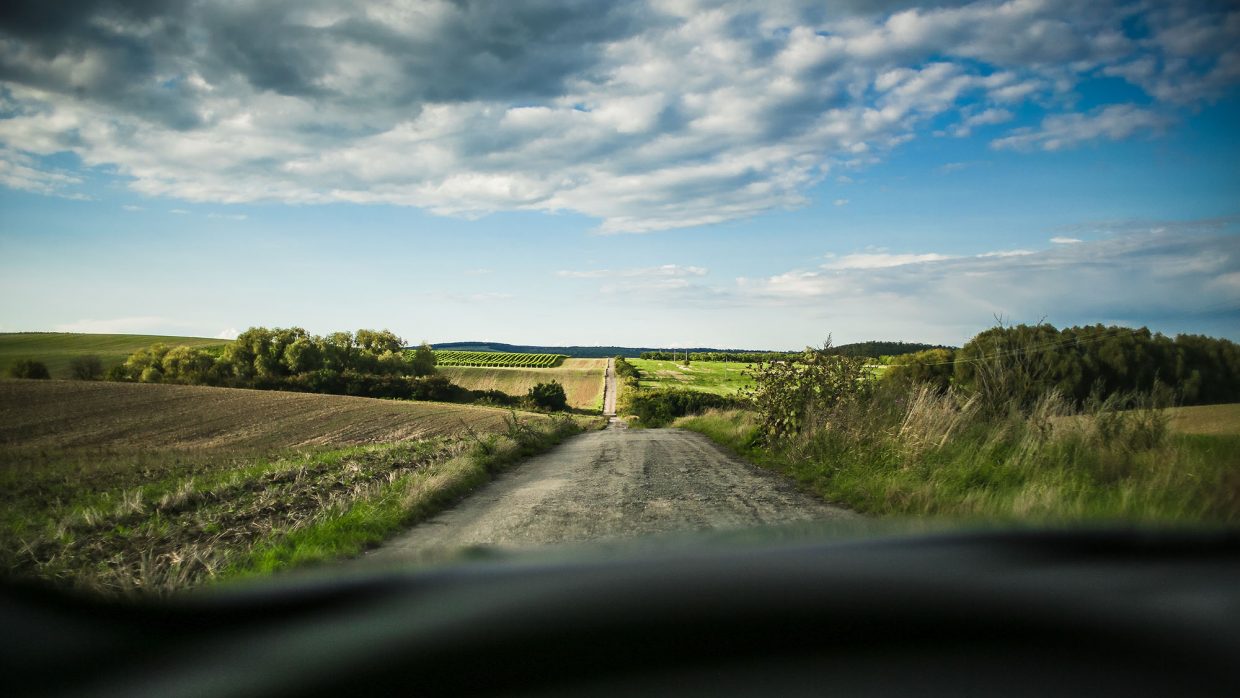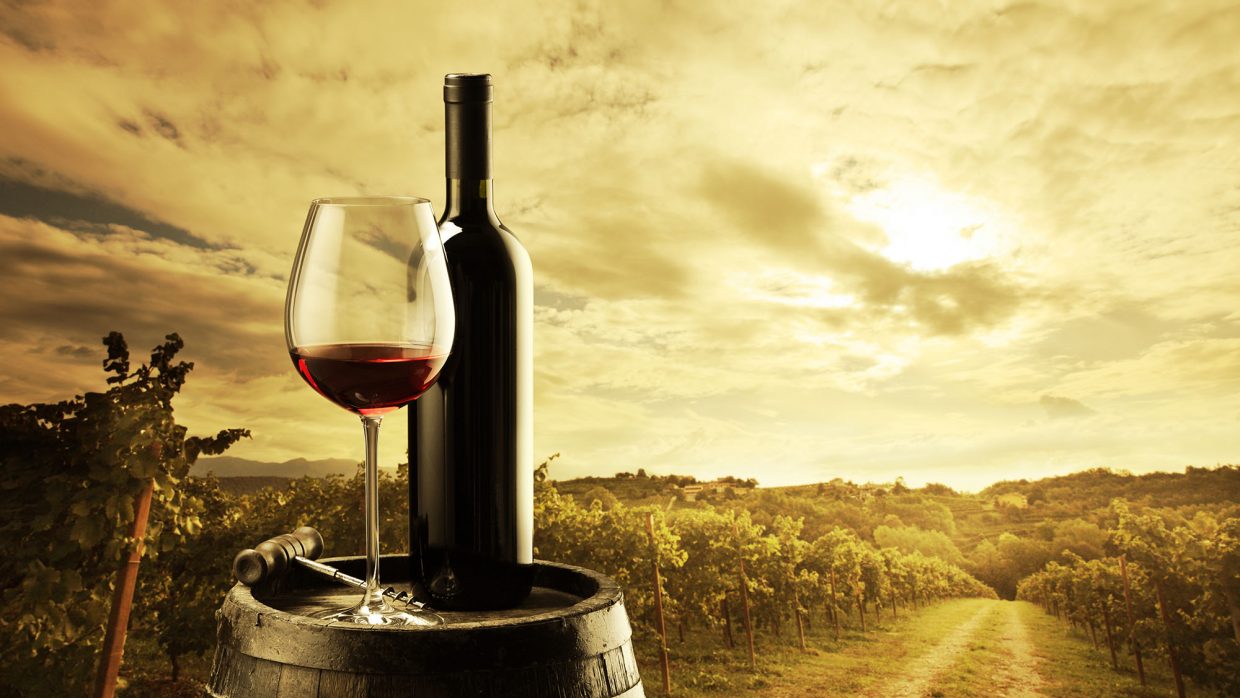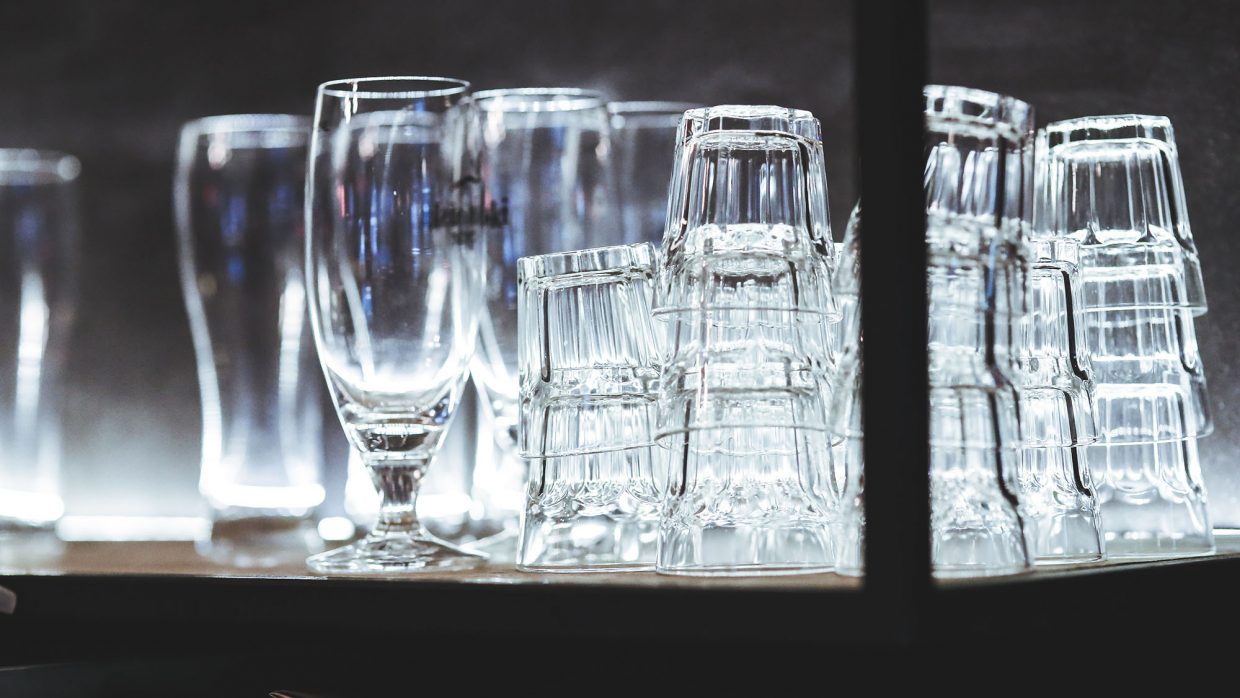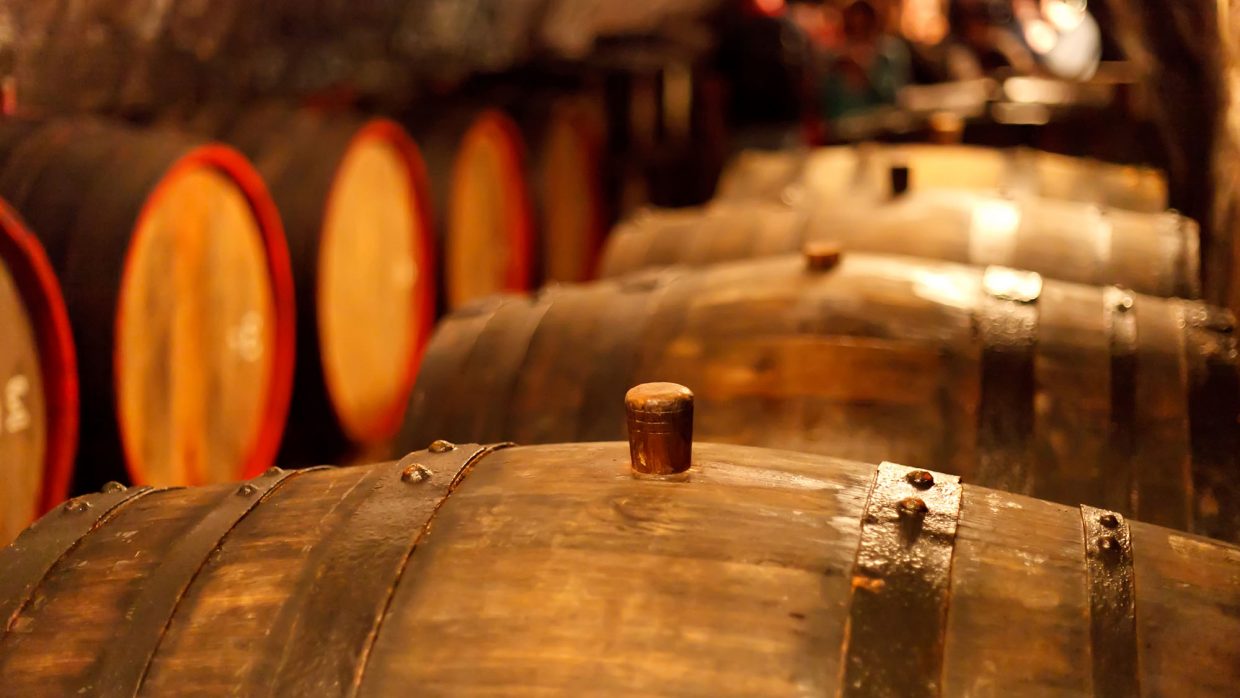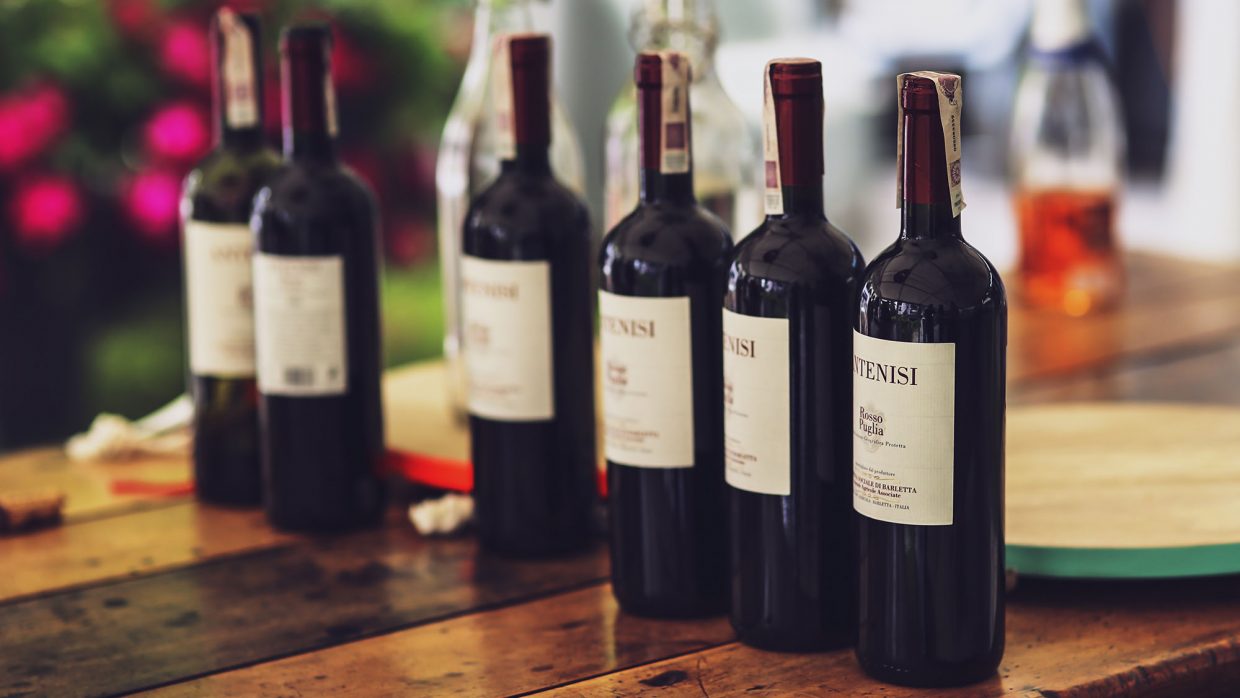
Zinfandel (also known as Primitivo) is a variety of black-skinned wine grape. The variety is planted in over 10 percent of California vineyards. DNA fingerprinting revealed that it is genetically equivalent to the Croatian grapes Crljenak Kaštelanski and Tribidrag, as well as to the Primitivo variety traditionally grown in Puglia (the “heel” of Italy), where
What Romans Tought Us
The ancient Romans planted vineyards near garrison towns so wine could be produced locally rather than shipped over long distances. Some of these areas are now world renowned for wine production. The Romans discovered that burning sulfur candles inside empty wine vessels keeps them fresh and free from a vinegar smell. In medieval Europe, the
A rosé (from French rosé; also known as rosado in Portugal and Spanish-speaking countries and rosato in Italy) is a type of wine that incorporates some of the color from the grape skins, but not enough to qualify it as a red wine. It may be the oldest known type of wine, as it is
Burgundy wine (French: Bourgogne or vin de Bourgogne) is wine made in the Burgundy region in eastern France, in the valleys and slopes west of the Saône River, a tributary of the Rhône. The most famous wines produced here—those commonly referred to as “Burgundies”—are dry red wines made from Pinot noir grapes and white wines
Grand Cru (great growth) is the highest level in the vineyard classification of Burgundy. There are a total of 550 hectares (1,400 acres) of Grand Cru vineyards – approximately 2% of Burgundy’s 28,000 hectares (69,000 acres) of vineyards (excluding Beaujolais) – of which 356 hectares (880 acres) produce red wine and 194 hectares (480 acres)
Style “Date” (Vertical) Wine played an important role in ancient Egyptian ceremonial life. A thriving royal winemaking industry was established in the Nile Delta following the introduction of grape cultivation from the Levant to Egypt c. 3000 BC. The industry was most likely the result of trade between Egypt and Canaan during the early Bronze Age,
Though wild grapevines have grown on the Italian peninsula since prehistory, historians are unable to determine precisely when domestic viticulture and winemaking first occurred. It is possible that the Mycenaean Greeks had some influences through early settlements in southern Italy, but the earliest recorded evidence of Greek influence dates to 800 BC. Viticulture was widely
The Roman Empire had an immense impact on the development of viticulture and oenology. Wine was an integral part of the Roman diet and winemaking became a precise business. Virtually all of the major wine-producing regions of Western Europe today were established during the Roman Imperial era. During the Roman Empire, social norms began to
